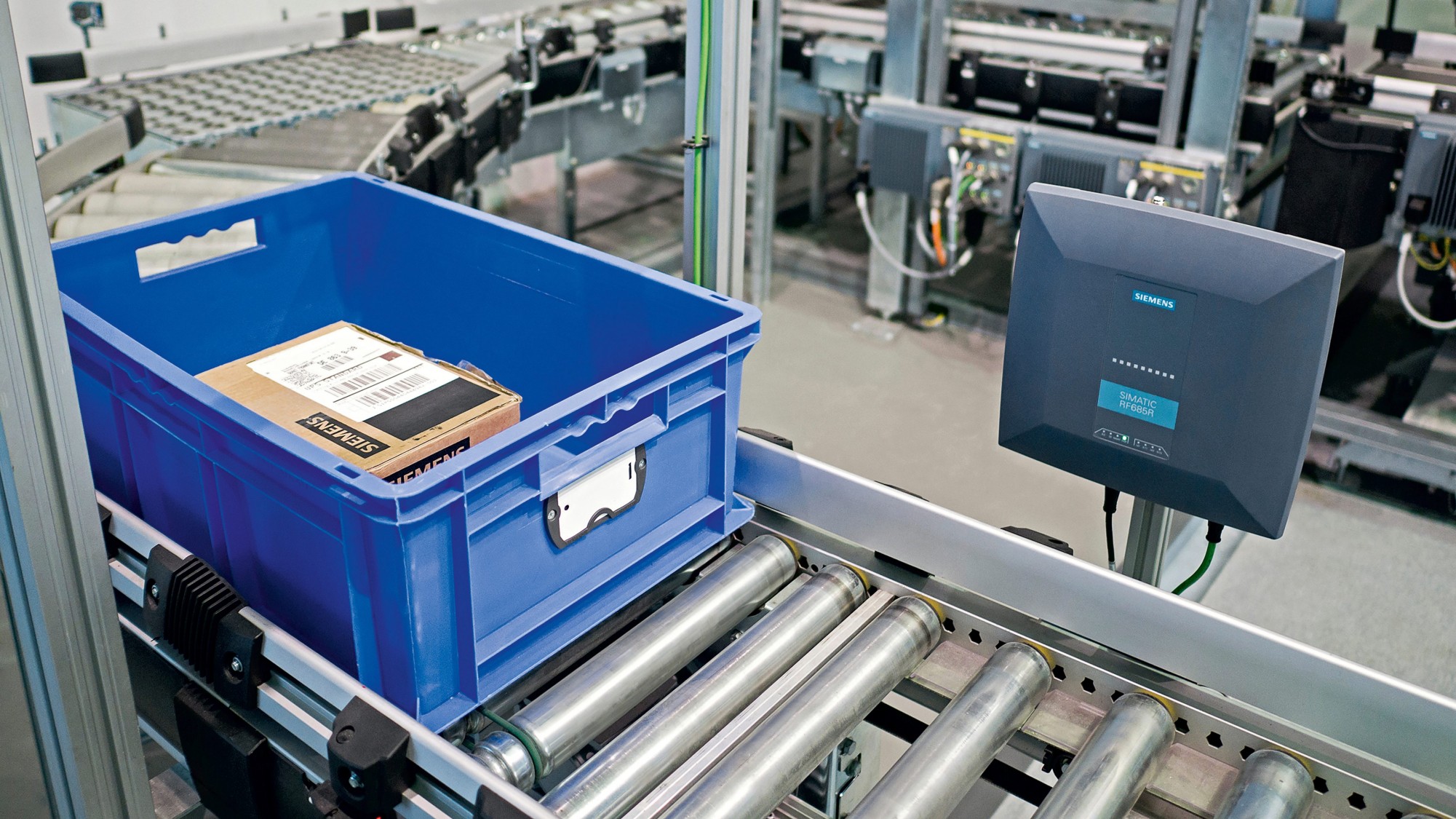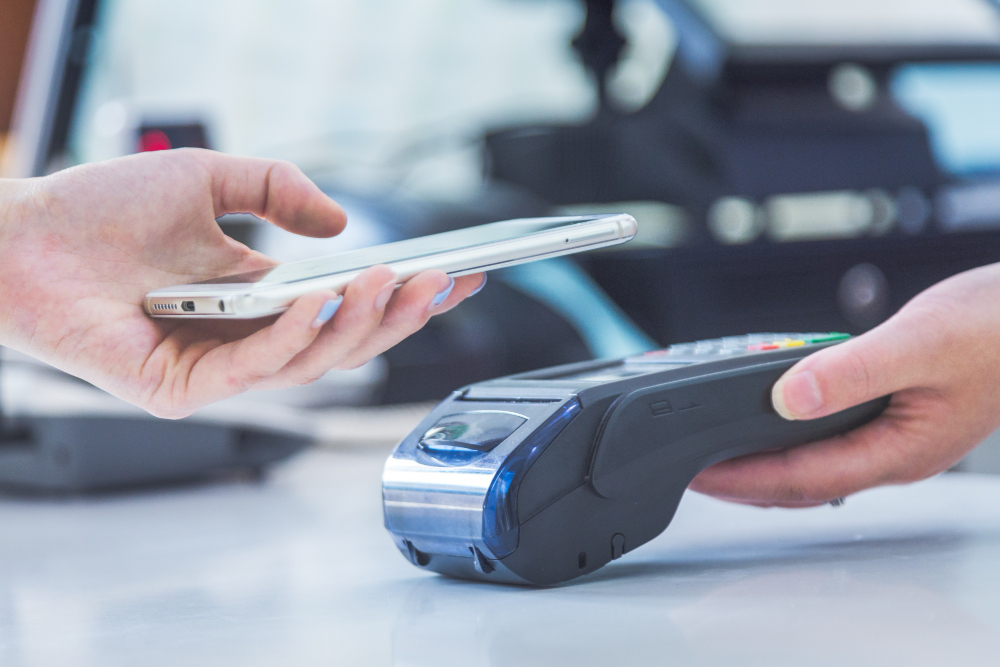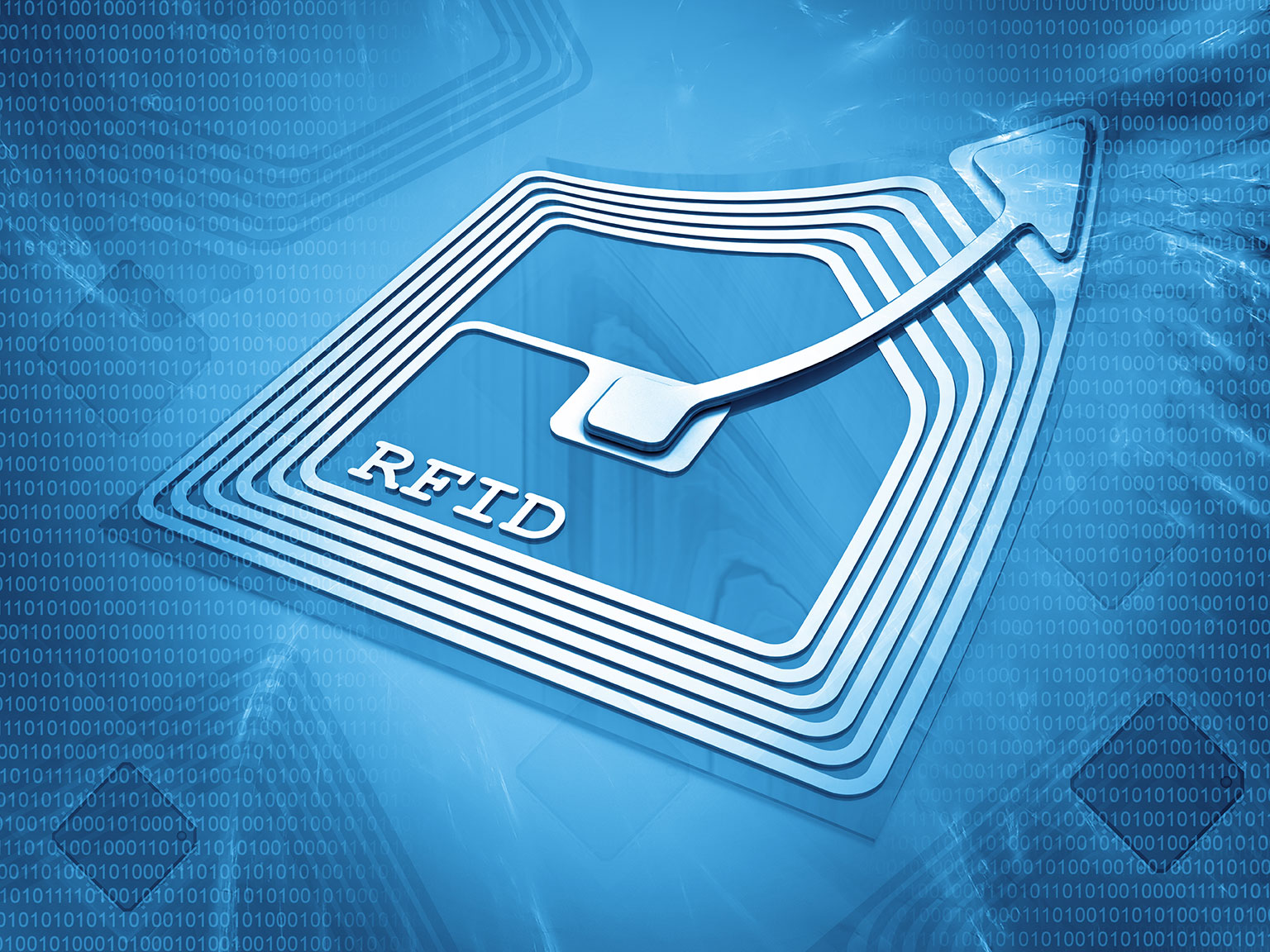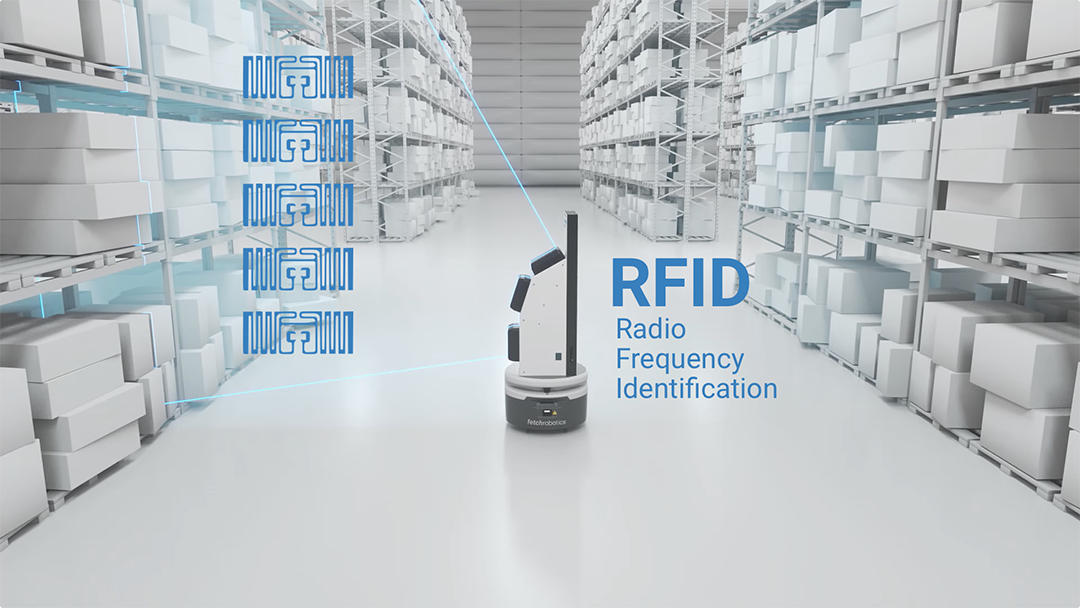Analysis and Design of Inventory Management System Based on RFID Technology
Inventory management systems now rely on passive RFID technology for real-time automatic identification of products. For many applications, the return on investment for using RFID is acceptable. These systems must be able to capture the information of all products in stock in real time, which requires that the RFID system must be able to read 100% of all tagged items. The readability of an RFID system is a function of many variables including: tag size, orientation, placement, and interrogator antenna (IA) design. Unfortunately, for all single-antenna designs there is a “black hole” of unreadable tags. By analyzing and identifying these…








